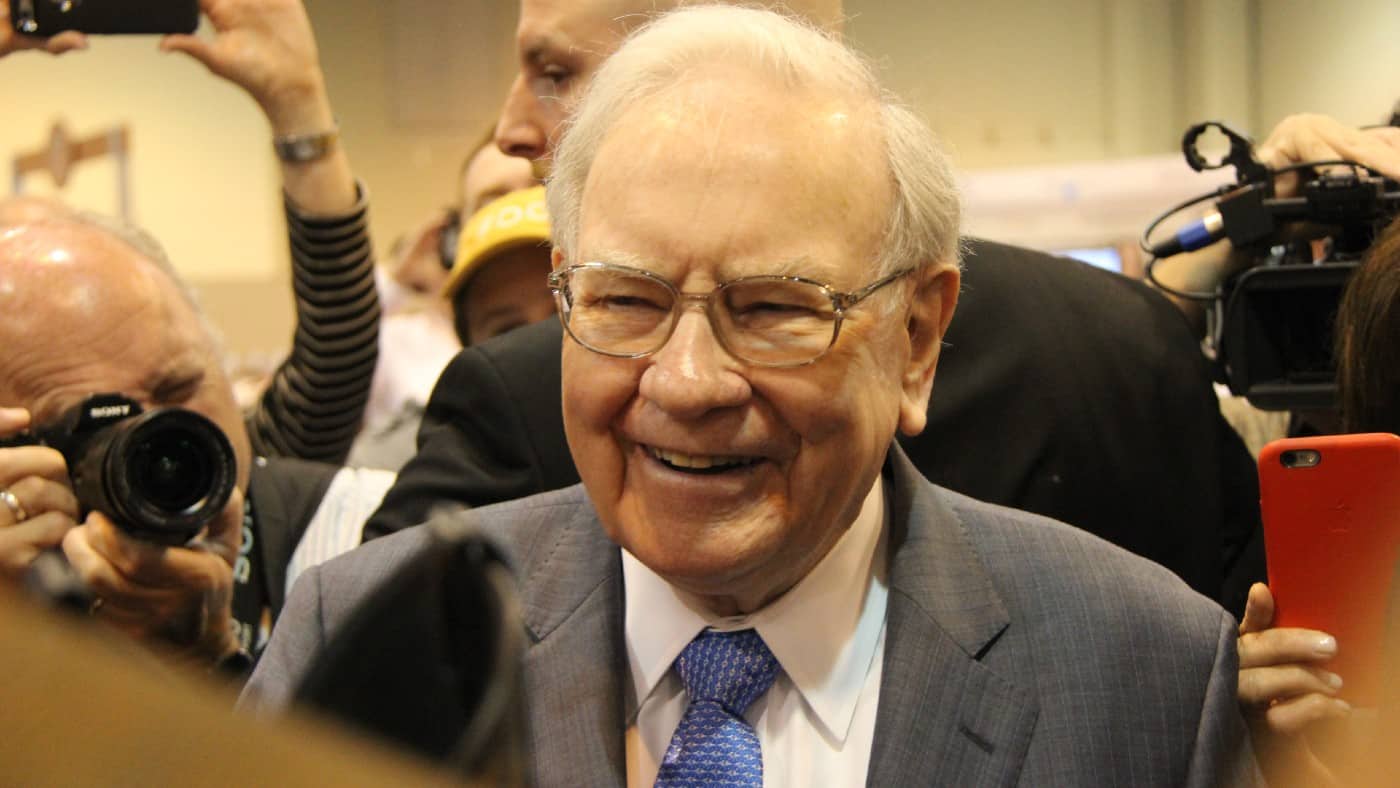The famous investor Warren Buffett has spent many decades building his wealth, by patiently investing in carefully chosen shares. I think some of the lessons from that approach can help me invest today. Here is how I would use the Warren Buffett method if I wanted to invest £10,000 today.
Forget quick returns
First, I would adopt the same mindset Buffett does, which is that of a long-term investor. I would forget any ideas about getting rich quick, or doubling my money in a short space of time.
Instead, I would ask myself what sorts of businesses I thought might be worth owning a decade from now. Then, like Buffett, I would look to see whether shares in such businesses were trading at an attractive price today.
Spread the £10,000
Even Buffett makes big investing mistakes sometimes. On occasions, an unexpected set of events can mean a company that previously performed very well no longer does. That helps explain why Buffett diversifies his investments across a range of businesses.
I would do the same. £10,000 is enough for me to invest £2,000 in each of five different companies, for example.
The Warren Buffett method emphasises future profitability
Buffett tends to buy shares in companies that have a track record of profitability. That can help show that a business model is proven.
But in deciding whether to buy a share, Buffett’s primary focus is not on past profits but on the potential for future ones. He looks for an industry that is likely to see strong demand in future. For example, ongoing demand for financial services helps explain why he has bought shares in Bank of America and Citigroup.
He then tries to pick firms that have a competitive advantage. Such an advantage can give a company pricing power, helping it make profits in future. An example of such a competitive advantage is a transportation infrastructure that would be hard or impossible to copy from scratch. That helps explain why Buffett is attracted to companies like BNSF Railway.
How to value shares
But to make profits, the Warren Buffett method does not only involve looking at a company’s business model. It also considers the price at which the shares are selling. If they do not offer attractive value, they may not be a rewarding investment even if the company does well.
I would do the same when investing £10,000. Not only would I try to find appealing businesses, I would buy shares in them only when I felt the price was attractive. Shares in promising companies can be popular, so it may be years in some cases before I felt they were available to purchase at an attractive price. I would not rush to buy them but instead always take a patient approach. Buffett has got rich by buying great shares – at the right time.
